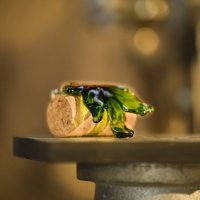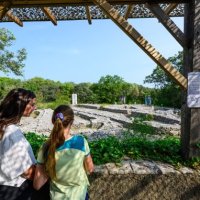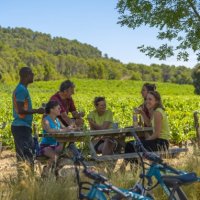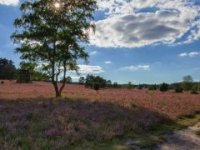The Garrigue of Herault, the perfume of the South.
By Manon Esclusa - Guide
The scrubland, the Mediterranean, the song of the grasshoppers, the scent of thyme, the dry and sweltering heat... Welcome to the South of France! You like the garrigue, the plants, but you don't know how to recognize them? This article is for all nature lovers who want to learn more about the flora that surrounds them!
Since the dawn of time, it has been associated with the South of France and is the pride of Languedoc and Provence. But did you know that in the past our region was covered with high dense forests of green and white oaks? We were far from the current scenery!
Indeed, the garrigue is the progressive result of the exploitation of the forests by man, of excessive grazing and repeated fires. But nature knew how to adapt and to show an amazing aptitude and adaptability. For example, some conifers such as the Aleppo pine reproduce thanks to fires: the pine nuts burst under the strong heat of the fire and allow the dispersion of seeds (pine nuts): they are said to be pyrophilous.
Today the scrubland is an ecosystem in its own right on which we continue to learn.
The scrubland is distinguished by several types of soil: The terra rossa
It is a soil known as fersialitic. Its color is due to the oxidation of iron and clay sediments.
This red color can be found all around the Mediterranean basin as for example in the Gardiole massif or on the Causse de Viols-le-Fort.
In Saint Jean de la Blaquière, we use the word "ruffe" to designate this particular soil.
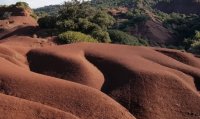
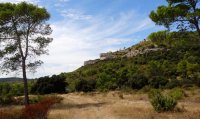
The brown calcareous soils
This is the most common type of soil in the garrigue, ideal for agriculture provided that the soil is respected. It is from this soil that are extracted the big limestone stones, with which are built the capitelles, these famous small huts of farmer made in dry stone.


Low calcareous soils
These soils can be sandy or siliceous. These soils can be recognized in part by the vegetation found there: you will see mainly heather, arbutus, myrtle, but also umbrella pines and three varieties of oak (holm oak, white oak and cork oak).
If you want to know more, read the article on the blog of our partner WISUD


